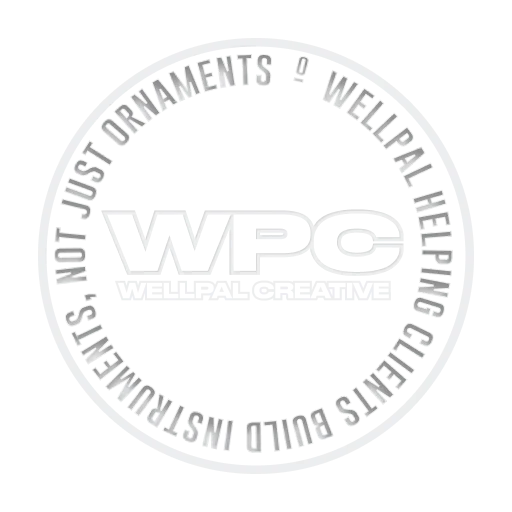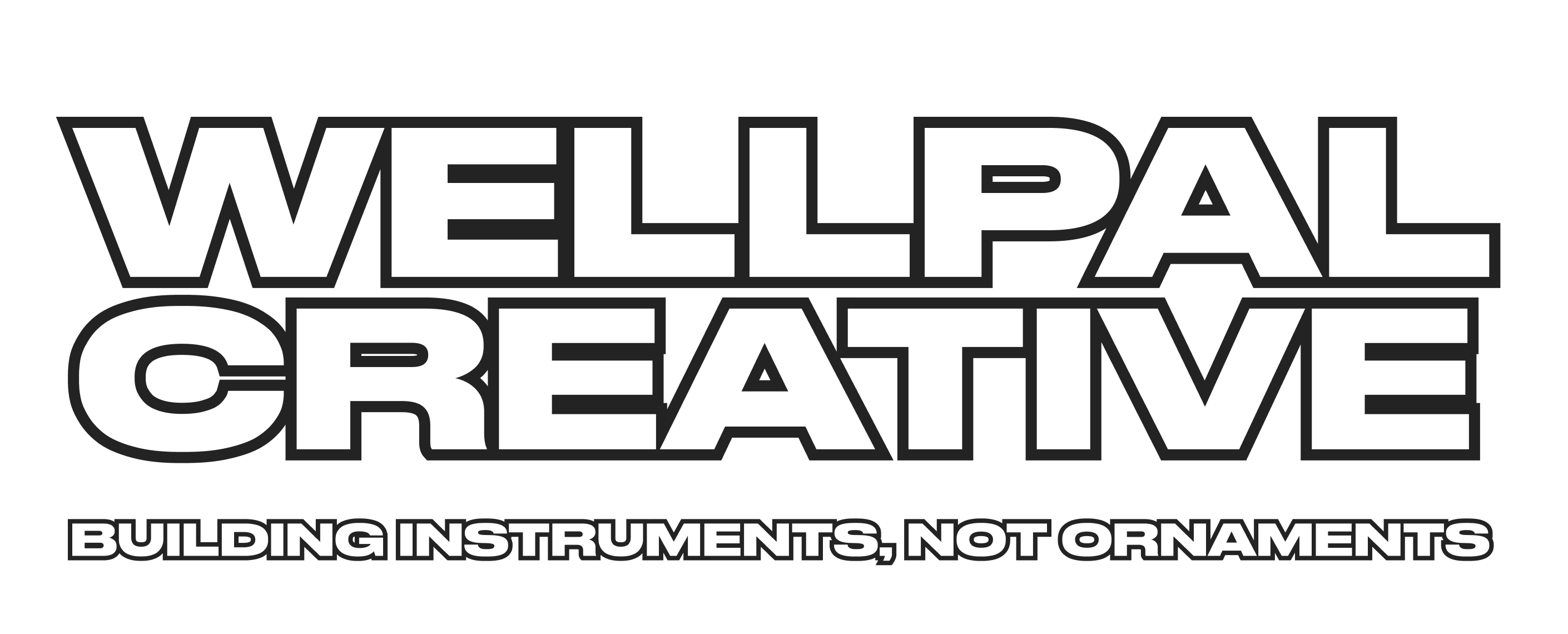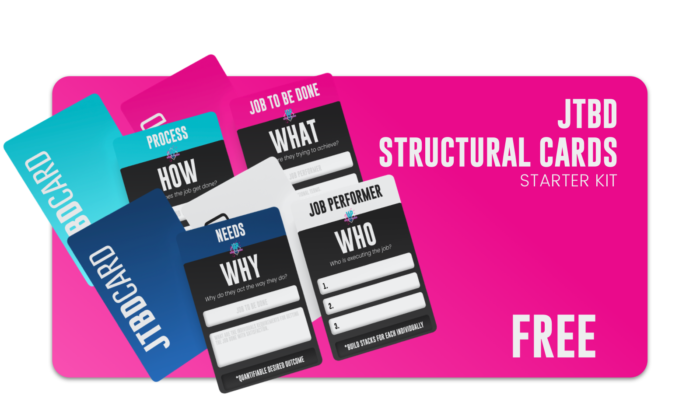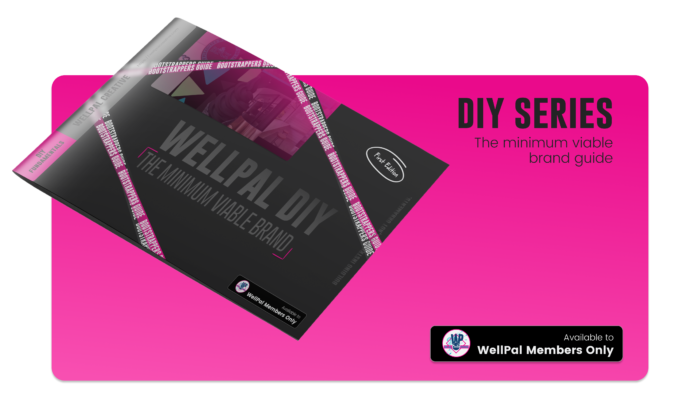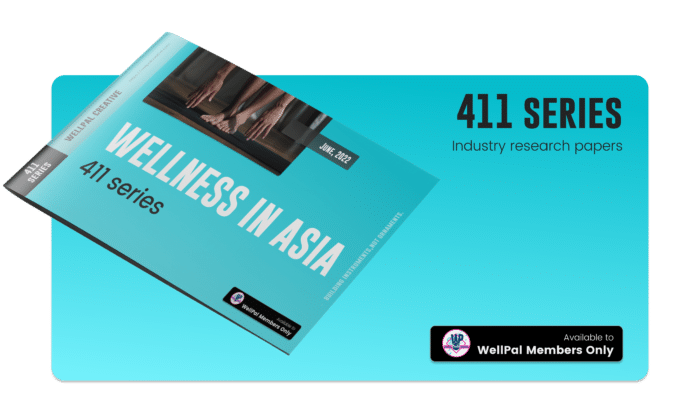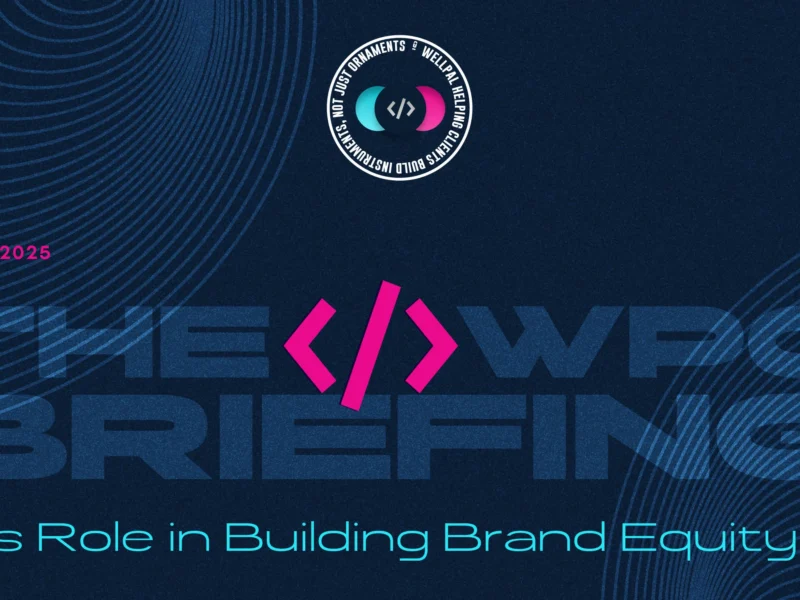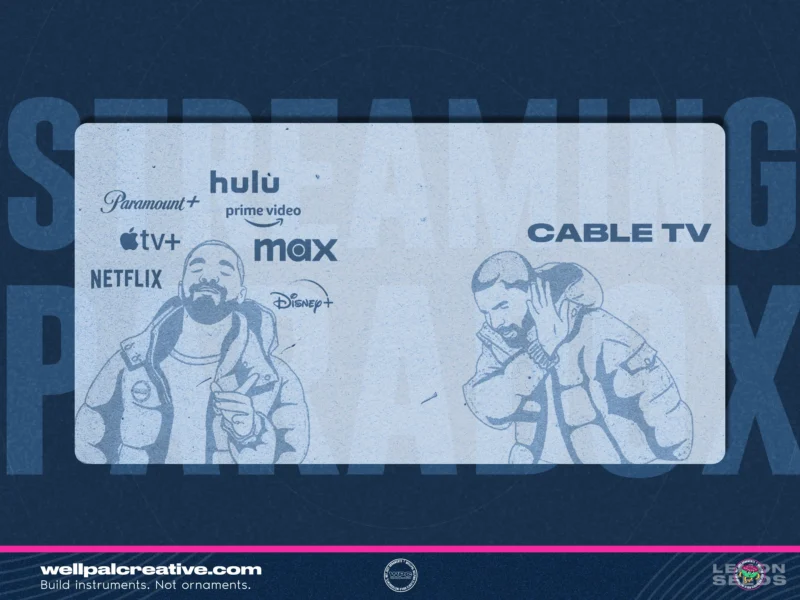MULE Nutrition
brand concept design + business model

mule nutrition co.
A confidential nutrition company based in Thailand, with a dedicated team for driving innovation and designing new products, sought the expertise of WellPal Creative (WPC). They were in the early stages of developing a new product line and needed assistance in visualizing the concept to present it to the wider organization.
Challenge
The challenge was two-fold. Firstly, WPC was tasked with developing and prototyping an identity and category visualization for the new product concept. Secondly, we needed to ensure that the product or service being developed perfectly fit the customer’s needs. This required a deep understanding of the customer’s needs and the market, as well as the ability to translate this understanding into a compelling visual concept.
Solution
To address these challenges, WPC employed our signature solutions: WellPal Signature Visuals™ and WellPal Ideation & Prototyping (WIP)™.
WellPal Signature Visuals™
Using this solution, we designed a brand identity that fit a modern yet calm identity, aligning with their internal and market research. This included the creation of a logo, color system, and key visuals. To ensure intellectual property protection, we used a fictional brand name during this phase.
WellPal Ideation & Prototyping (WIP)™
Our WIP solution was crucial in this project. We utilized our Jobs-To-Be-Done (JTBD) framework modality to gain a deeper understanding of the customer’s needs. This framework helped us identify the core jobs that the new product needed to fulfill for the customers and ensured that the product or service being developed fit those needs perfectly.
After identifying the customer’s needs, we used our WIP solution to develop and prototype the brand identity and category visualization. This included iterative prototyping and testing to ensure that the visual concept resonated with the target audience and accurately represented the new product line.
My work with this nutrition company showcases WellPal Creative's ability to understand a client's unique challenges and deliver innovative solutions. By leveraging our signature tools and methodologies, we were able to visualize a new product concept that not only resonated with the target audience but also facilitated the product's development process. This case underscores the value of a well-structured and compelling visual identity in driving innovation and business growth.
strategy tools used
Results that Speak
The result was a compelling visual concept that effectively communicated the essence of the new product line. The concept was well-received by the wider organization, and the project moved into the next phase of development. This case demonstrates the power of effective visual design and prototyping in driving innovation and product development.
Additionally, the company engaged WPC as a third party to offer a fresh, unbiased perspective on a specific aspect of the product’s development, to avoid any overlooked potential challenges or opportunities. WPC objectively assessed the product concept, challenged some of the initial findings, and confirmed and/or refuted some assumptions made during the ideation phase.
Developing a new product or service involves significant investment, both in terms of time and financial resources. By visualizing and prototyping the concept beforehand, the organization could identify potential issues or roadblocks early in the process. This allowed for adjustments and refinements to be made before the product went into full development, thereby reducing the risk of costly changes or even product failure after launch.
Using the Jobs-To-Be-Done (JTBD) framework, as we did with the Mule brand, allows organizations to gain a deep understanding of customer needs.
This ensures that the product or service being developed is not just based on internal assumptions or market trends, but is rooted in what the customers need and want. This customer-centric approach to product development increases the likelihood of the product being well-received by the target audience. Hiring a third party to challenge/confirm their initial findings was also of great importance to the wider organization.
The concept visualization and prototyping were used for market validation. By sharing the concept with a select group of customers and conducting market research, the company was able to gather valuable feedback and insights.
It helped to validate the product’s market fit and potential demand, guiding the development process and increasing the chances of a successful launch.
Our cooperation helped them visualize their new product concept, align their internal teams, and ensure that the product they were developing was in line with customer needs.


